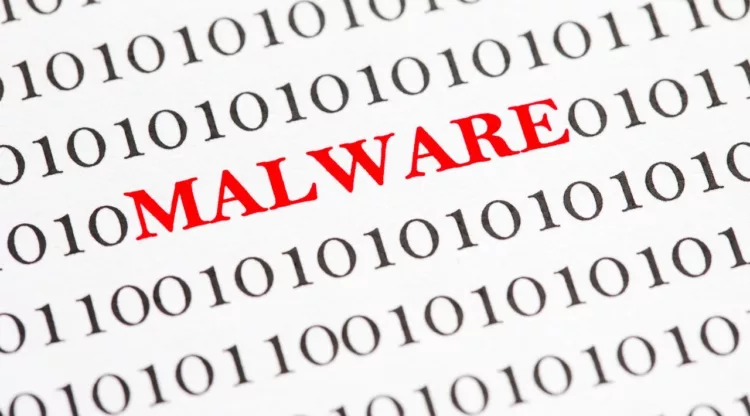Best WordPress Malware Scanners: What to Look For

Keeping your WordPress site safe from malware isn’t always easy. Hackers find new ways to slip past weak security, and not all WordPress malware scanners catch every hidden threat.
So how do you find a scanner that actually works? Let’s break down the must-have features.
Running a WordPress website offers flexibility, ease of use, and scalability. But with its popularity, it also becomes a prime target for malware attacks. Hackers exploit vulnerabilities in outdated plugins, themes, and weak security measures to infect WordPress sites.
What is a WordPress Malware Scanner?
A WordPress malware scanner is a tool designed to detect and remove malicious code from WordPress sites. Unlike generic scanners, it inspects themes, plugins, wp-config files, and databases where malware often hides.
It flags unusual file changes, detects hidden backdoors, and monitors real-time threats, ensuring you don’t have to play cybersecurity expert every day.
Why You Need a WordPress Malware Scanner
WordPress sites rely on plugins, themes, and third-party integrations. If you notice strange users, unfamiliar plugins, or missing content, it’s not just a glitch — it could be malware.
Ignoring these signs can lead to serious security breaches.
Top Reasons to Use a WordPress Malware Scanner
- Detect Plugin and Theme Vulnerabilities – Catch infected files in outdated or poorly coded plugins before they compromise your site.
- Protect wp-admin and Login Pages – Identify unauthorized login attempts and brute-force attacks targeting your admin area.
- Find Hidden Backdoors in Core Files – Detect malware hiding in wp-config.php, functions.php, and regain control of your site.
- Prevent SEO Spam Injections – Remove spam links and redirects that damage your site's search engine reputation.
- Ensure Safe Automatic Updates – Scan core files to prevent malware disguised as WordPress updates.
Key Features to Look for in a WordPress Malware Scanner
Generic scanners miss hidden threats in WordPress-specific files. Here are essential features you need:
1. Real-Time Scanning
Choose a scanner that continuously monitors your site for threats like spam injections and malicious redirects, providing instant alerts.
2. Comprehensive File and Database Scanning
Ensure the scanner checks both files and database entries for vulnerabilities, including backdoors in PHP files and SQL injections.
3. Automated Malware Cleanup
Time is critical when malware strikes. An automated cleanup feature ensures fast recovery without needing technical skills. Learn more about cleaning and securing your site.
4. Blacklist Monitoring
Stay informed if your site gets flagged by search engines. Blacklist monitoring protects your visibility and reputation.
5. User-Friendly Interface
Non-technical users should look for scanners with clear dashboards, simple reports, and guided cleanup processes.
6. Customisable Alerts
Get notified of failed login attempts, outdated plugins, or unusual activities, helping you act before an attack escalates.
7. Integration with Firewalls and Backup Tools
For layered security, combine your scanner with a Web Application Firewall (WAF) and reliable backup solutions.
Pro Tip: Pairing a scanner with a malware removal tool offers full-spectrum protection.
Final Thoughts
A robust malware scanner is your first line of defence against hidden threats, downtime, and search engine blacklisting.
Yet, many small businesses struggle with cybersecurity due to evolving threats and limited resources.
The right tool keeps your WordPress site clean, secure, and operational — so you can focus on growing your business.
How Much Does Building a Website Cost?
5 Best Practices to Create High-Quality Free Online Courses
Related articles:


